Growth in Industrial Automation
The industrial automation sector is experiencing robust growth, which is significantly impacting the strain gauge sensor market. As industries increasingly adopt automation technologies to enhance productivity and efficiency, the demand for precise measurement tools, such as strain gauge sensors, is on the rise. These sensors are essential for monitoring stress and strain in machinery, ensuring optimal performance and preventing failures. Recent market analyses indicate that the industrial automation segment is expected to witness substantial growth, contributing to the overall expansion of the strain gauge sensor market. This trend reflects a broader shift towards smart manufacturing practices, where real-time data collection and analysis are paramount for operational excellence.
Advancements in Material Science
Advancements in material science are driving innovation within the strain gauge sensor market. The development of new materials, such as flexible and lightweight composites, is enhancing the performance and applicability of strain gauge sensors across various sectors. These advancements allow for the creation of sensors that can be integrated into a wider range of applications, from consumer electronics to structural monitoring in civil engineering. Recent studies indicate that the introduction of novel materials is likely to propel the growth of the strain gauge sensor market, as manufacturers leverage these innovations to meet the evolving demands of diverse industries. This trend highlights the importance of ongoing research and development in shaping the future landscape of the strain gauge sensor market.
Emergence of Wearable Technology
The emergence of wearable technology is creating new opportunities for the strain gauge sensor market. As consumer electronics evolve, the integration of strain gauge sensors into wearable devices is becoming increasingly common. These sensors enable accurate monitoring of physical activities and health metrics, appealing to a growing health-conscious consumer base. The wearable technology segment is projected to expand significantly, with strain gauge sensors playing a pivotal role in enhancing the functionality of these devices. This trend suggests a promising future for the strain gauge sensor market, as manufacturers seek to innovate and differentiate their products in a competitive landscape.
Rising Demand in Automotive Sector
The automotive sector is experiencing a notable surge in demand for strain gauge sensors, primarily due to the increasing emphasis on vehicle safety and performance. Strain gauge sensors play a crucial role in monitoring structural integrity and ensuring the reliability of various automotive components. As manufacturers strive to enhance vehicle safety features, the integration of strain gauge sensors in critical systems such as brakes and suspension is becoming more prevalent. According to recent data, the automotive segment is projected to account for a substantial share of the strain gauge sensor market, driven by innovations in electric and autonomous vehicles. This trend indicates a robust growth trajectory for the strain gauge sensor market, as automotive manufacturers increasingly adopt advanced sensing technologies to meet regulatory standards and consumer expectations.
Expansion in Aerospace Applications
The aerospace industry is witnessing a significant expansion in the utilization of strain gauge sensors, driven by the need for enhanced safety and performance monitoring. Strain gauge sensors are integral to the structural health monitoring of aircraft, ensuring that any potential issues are detected early. The increasing complexity of modern aircraft, coupled with stringent safety regulations, necessitates the deployment of advanced sensing technologies. Recent estimates suggest that the aerospace segment is poised to contribute a considerable portion to the strain gauge sensor market, as manufacturers seek to improve the reliability and efficiency of their aircraft. This trend underscores the critical role of strain gauge sensors in maintaining operational safety and performance in the aerospace sector, indicating a promising outlook for the strain gauge sensor market.

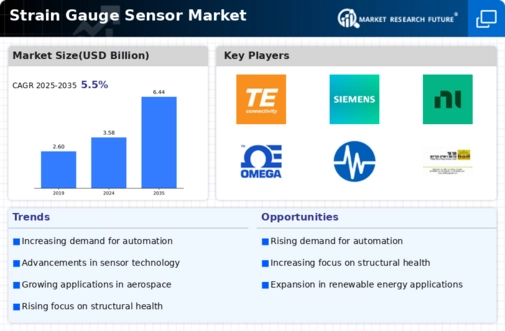
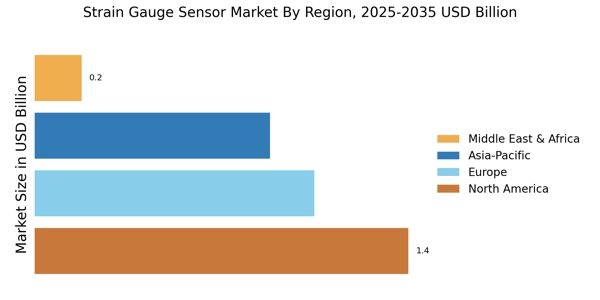
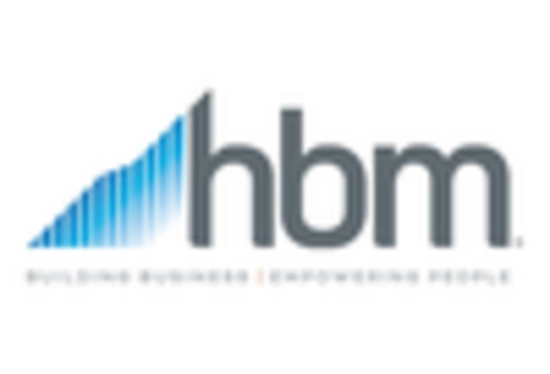
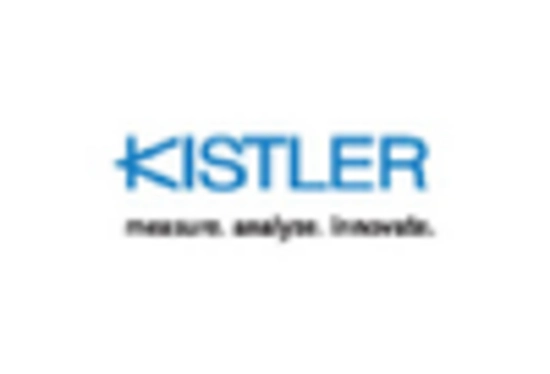
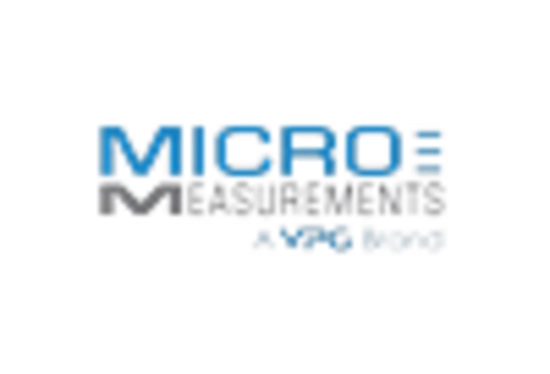
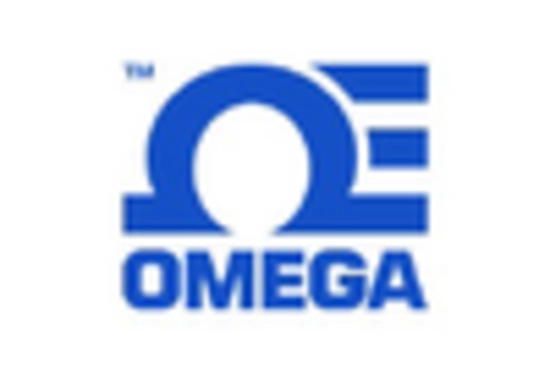
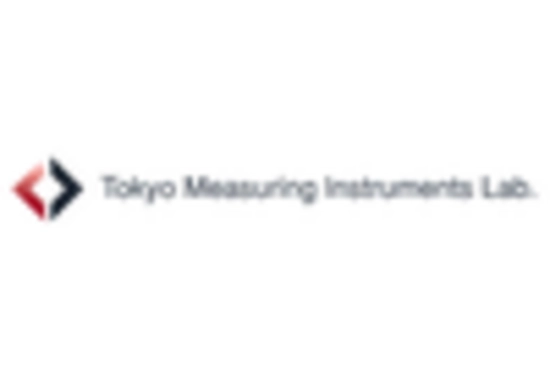
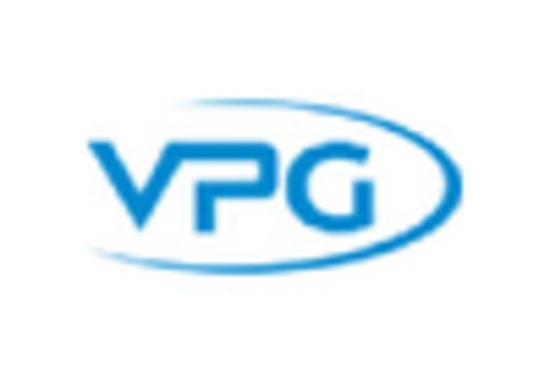








Leave a Comment